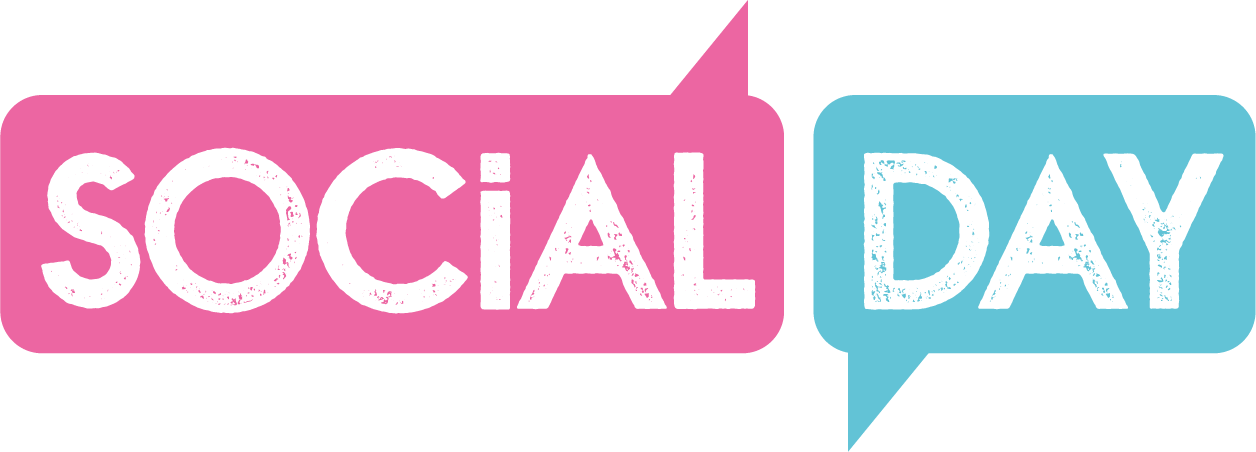How Social Media Marketers Must Navigate Online Rage Baiting
This article dives into the controversy sparked by American Eagle’s "Great Jeans" campaign and why it’s a cautionary tale for marketers. Asad Dhunna, CEO of The Unmistakeables, tells us why, in today’s world, getting attention isn’t enough – brands must be culturally aware and inclusive to avoid alienating audiences.
Learning for social media marketers through the lens of inclusion
You’ve likely seen the recent headlines: American Eagle’s campaign featuring Sydney Sweeney and the tagline “Great Jeans” quickly ignited a firestorm of criticism. What was framed as a playful pun instead divided audiences, drawing uncomfortable parallels to white supremacist rhetoric and eugenics-era language.
We’ve also seen the fallout, including the unexpected endorsement from Donald Trump, who praised the campaign as the “hottest ad out there.”
So, how did this happen?
We’re not here to debate about how good the ad was, the internet has already had a field day with that one. Instead, we’re looking at it through the lens of inclusivity, and what it means for social media marketers.
In today’s attention economy, what we’re witnessing could be described as rage-baiting. A modern retelling of the well-worn marketing strategy; outrage leads to publicity. Whether it was intentional or not, American Eagle got its headlines, and market watchers noted the brand’s stock surged by up to 16%. Analysts attributed this to “meme stock” behaviour, where retail investors jump on trending brands based on viral attention.
However, is all publicity good publicity?
These same analysts caution that such spikes are often short-lived. Shareholders seek safety and consistency over risk. We know headlines rarely reflect long-term brand strength or consumer trust, especially considering today’s younger, more diverse, values-driven consumers. These are people who remember how brands make them feel, particularly when those feelings are dismissed or treated as disposable.
So what can we learn?
Make sure the right voices are in the room from the start
Moments like this remind us that it's not just about whether a campaign lands, it's about how and with whom it lands. If the link between genes and jeans was unintentional and caught the team off guard, then it wasn’t pressure-tested against cultural shifts.
We’re not saying the work shouldn’t have gone ahead, perhaps the ad was a deliberate play to connect the anti-woke audience, who themselves feel excluded during this more progressive cultural shift. Either way, the creative resonated with some and alienated others – and loudly.
The question isn’t just what was said, but who felt seen or unseen, in the process. Having a wider range of perspectives in the creative process and the communications preparedness may have surfaced different interpretations of the message before it went live. Social media teams in particular need this to feel ahead of the game. Often thinking through each and every scenario can feel like a luxury, but in today’s outrage economy it’s more important than ever.
Use data to make informed, culturally confident decisions
Richer information about different audiences doesn’t limit creativity, it bolsters it. It helps teams understand the context they’re stepping into and the cultural weight their work might carry. While diverse teams bring valuable perspectives, even the most representative groups won’t hold every identity or lived experience. That’s why we need practical ways and steps in our creative processes to bring more voices into the mix. This can include seeking contributors with lived expertise, engaging in respectful cultural conversations, and social listening.
Broadening the input of conversations helps keep teams connected to what audiences are talking about; what matters now, and why. These are not box-ticking exercises. They’re active tools that surface blind spots and build stronger, more resonant creative foundations. Social media shouldn’t just surface at the end, often it’s the place the insight and cultural conversation begins.
This isn’t about watering things down or playing it safe. It’s about being prepared, culturally aware, and creatively confident with our choices. They’re working tools that uncover what we don’t yet know and strengthen the foundation for more thoughtful, resonant creativity.
If controversy hits, course correct or stick with it, but know the consequences
Staying silent, as American Eagle did for several days, put them at risk of losing trust. People expect brands to understand their position and respect different views. Respond badly, and you risk pushing your audience away. Respond well and it shows confidence.
In today’s fast-paced social media landscape, where engagement happens before, during, and after the buying journey, timely, culturally confident and transparent communication is more important than ever. It’s not enough to chase the spotlight; brands need to build trust and be prepared to handle the fallout if things go awry. By listening to your audience, being culturally aware, and being transparent when controversy hits, you can create work that feels authentic and resonates with the right people.














